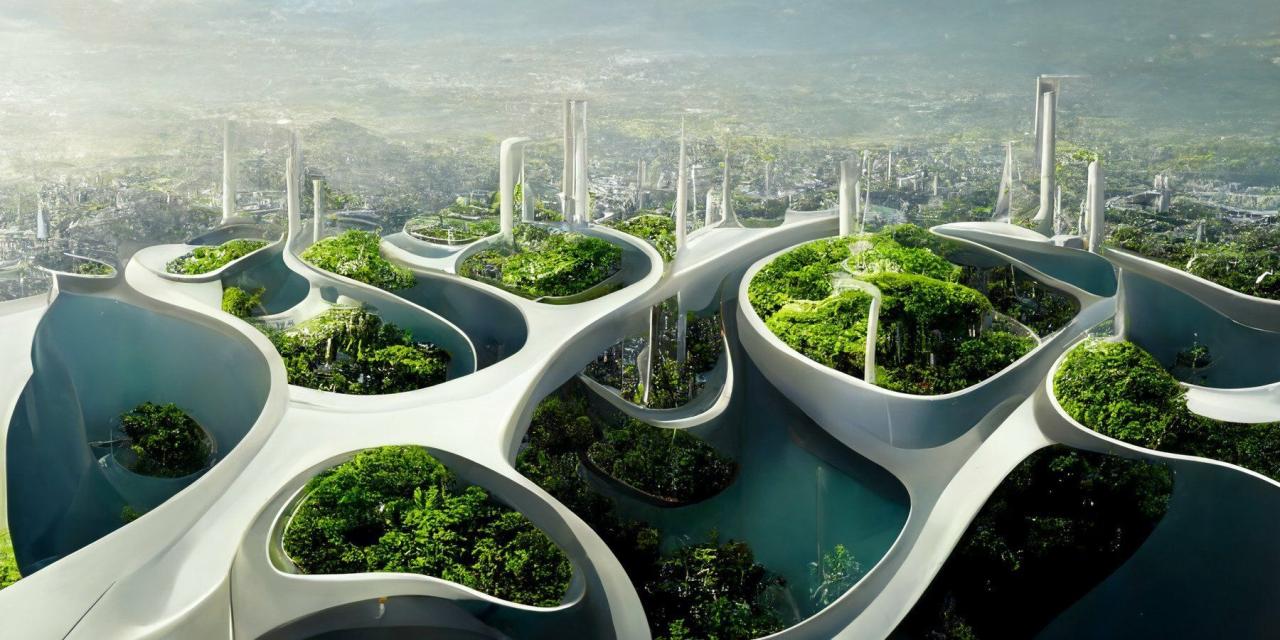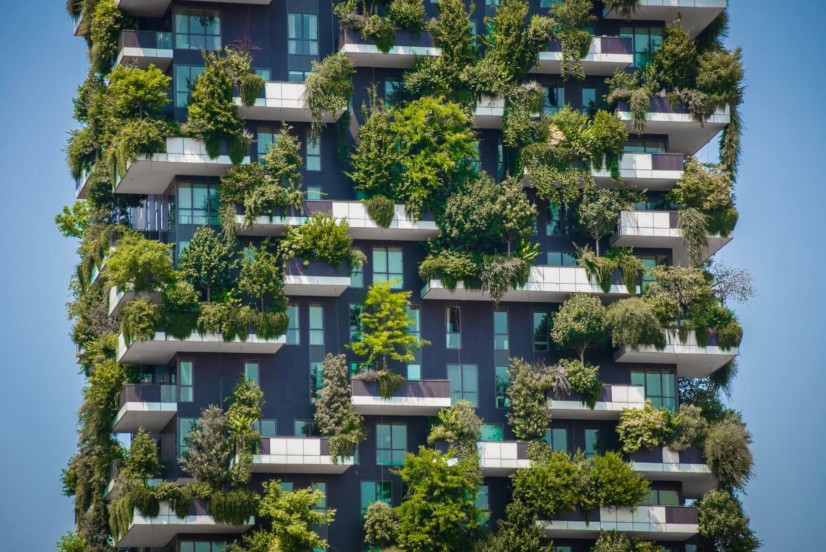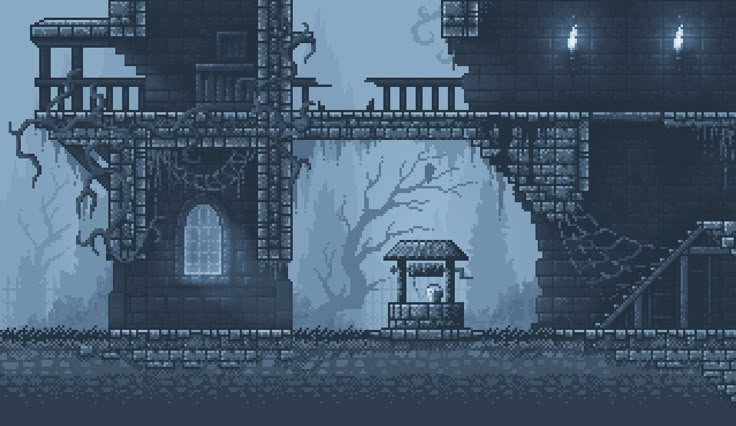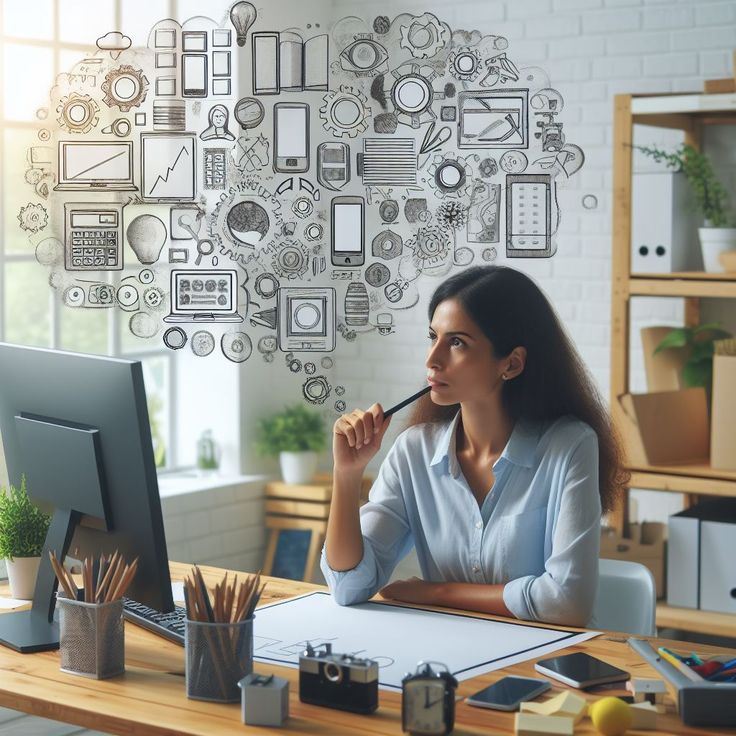Unveiling Sustainable Design’s Future

The landscape of design is undergoing a profound transformation, with sustainability emerging as the undisputed cornerstone of innovation. Gone are the days when aesthetics and functionality were the sole arbiters of a product’s value. Today, a growing awareness of our planet’s finite resources and the escalating climate crisis has propelled sustainable design from a niche concern to a mainstream imperative. This isn’t merely a trend; it’s a fundamental shift in how we conceive, create, and consume, promising a future where human ingenuity and ecological responsibility go hand in hand.
The Imperative of Sustainable Design
At its core, sustainable design seeks to minimize negative environmental impacts, maximize resource efficiency, and promote social equity throughout a product’s or system’s entire lifecycle. It’s a holistic approach that considers every stage, from material sourcing and manufacturing to distribution, use, and ultimate disposal or repurposing. The urgency behind this shift is undeniable. Our current linear “take-make-dispose” economic model has led to unprecedented levels of waste, pollution, and resource depletion. From vast landfills overflowing with discarded goods to oceans choked with plastic, the evidence of our unsustainable practices is stark.
Moreover, the social dimensions of design are increasingly recognized. Sustainable design also encompasses ethical labor practices, fair wages, and the creation of products and services that genuinely benefit communities without exploiting them. This broader perspective acknowledges that true sustainability extends beyond environmental metrics to encompass the well-being of people and the health of societies.
Pillars of Sustainable Design
Several key principles underpin the philosophy and practice of sustainable design, acting as guiding lights for designers and businesses alike.
A. Lifecycle Thinking: Beyond the Obvious
The concept of lifecycle thinking is foundational to sustainable design. It involves a comprehensive assessment of a product’s environmental impact from “cradle to grave” – or, ideally, “cradle to cradle.” This means meticulously analyzing:
- Material Extraction: Where do the raw materials come from? Are they renewable? Are their extraction processes environmentally destructive?
- Manufacturing and Processing: What energy is consumed? Are harmful chemicals used? What waste is generated?
- Transportation: How are materials and finished products shipped? What are the associated carbon emissions?
- Use Phase: How energy-efficient is the product during its use? How long is its lifespan?
- End-of-Life: Can the product be easily repaired, reused, recycled, or composted? Does it contribute to landfill waste?
By scrutinizing each stage, designers can identify hotspots of environmental impact and innovate solutions to mitigate them. This often leads to surprising insights, revealing that the largest environmental footprint might not be where one initially expects.
B. Material Innovation: Nature’s Palette and Beyond
The choice of materials is perhaps the most critical decision in sustainable design. The focus is shifting from virgin, non-renewable resources to:
- Renewable Resources: Materials derived from natural processes that can replenish themselves, such as bamboo, cork, organic cotton, and responsibly sourced timber.
- Recycled Content: Utilizing post-consumer or post-industrial waste as raw material, thereby reducing the demand for new resources and diverting waste from landfills. Examples include recycled plastics, metals, and textiles.
- Biodegradable/Compostable Materials: Materials that can naturally decompose and return to the earth without causing harm, such as bioplastics derived from plant starches or agricultural waste.
- Local Sourcing: Reducing transportation emissions by using materials readily available within a closer proximity to manufacturing.
- Non-Toxic Materials: Eliminating harmful chemicals, volatile organic compounds (VOCs), and other substances that can pose risks to human health and ecosystems.
The advent of biomimicry, where designers draw inspiration from natural processes and forms, is also revolutionizing material science. Imagine self-healing concrete inspired by bone, or water filtration systems mimicking plant roots.
C. Circular Economy Principles: Closing the Loop
Moving away from the linear “take-make-dispose” model, the circular economy paradigm is central to sustainable design. It envisions a system where resources are kept in use for as long as possible, extracting the maximum value from them while in use, then recovering and regenerating products and materials at the end of their service life. Key strategies include:
- Design for Durability and Longevity: Creating products that last, reducing the need for frequent replacements.
- Design for Repairability: Enabling easy repair and maintenance, often through modular components and accessible parts.
- Design for Disassembly: Ensuring products can be easily taken apart to separate materials for recycling or reuse.
- Design for Modularity and Adaptability: Allowing products to be upgraded or reconfigured, extending their lifespan and versatility.
- Product-as-a-Service (PaaS) Models: Companies retain ownership of products, leasing them to consumers and taking responsibility for their end-of-life management. This incentivizes durability and recycling. Examples include lighting-as-a-service or carpet-as-a-service.
D. Energy Efficiency: Powering a Greener Future
Energy consumption is a major contributor to greenhouse gas emissions. Sustainable design prioritizes energy efficiency at every stage:
- In Manufacturing: Optimizing production processes to reduce energy input, investing in renewable energy sources for factories.
- During Use: Designing products that consume less energy during operation (e.g., energy-efficient appliances, passive building design that minimizes heating and cooling needs).
- Embedded Energy: Considering the energy required to extract, process, and transport materials, and minimizing it where possible.
Disruptive Technologies Driving Sustainable Design
The acceleration of sustainable design is not solely driven by ethical considerations; it’s also fueled by rapidly advancing technologies that make greener practices more feasible and cost-effective.
A. Artificial Intelligence (AI) and Machine Learning (ML)
AI and ML are transforming sustainable design in numerous ways:
- Optimized Material Selection: AI algorithms can analyze vast datasets of material properties, environmental impacts, and cost, recommending the most sustainable and performance-efficient options.
- Generative Design: AI can explore thousands of design permutations based on specified parameters (e.g., material constraints, structural integrity, weight reduction), leading to highly optimized and material-efficient forms that human designers might not conceive.
- Predictive Maintenance: AI-powered sensors can monitor product performance and predict when maintenance is needed, extending product lifespans and preventing premature disposal.
- Supply Chain Optimization: AI can analyze supply chain data to identify inefficiencies, reduce waste, and pinpoint opportunities for local sourcing or circular material flows.
B. Additive Manufacturing (3D Printing)
3D printing offers significant advantages for sustainability:
- Reduced Material Waste: It’s an “additive” process, building objects layer by layer, which significantly reduces material waste compared to subtractive manufacturing methods (e.g., cutting, milling).
- On-Demand Production: It enables the production of parts only when needed, minimizing inventory and associated energy consumption.
- Complex Geometries: It allows for the creation of intricate, lightweight structures that optimize material use and performance.
- Local Manufacturing: Decentralizing production closer to the point of consumption reduces transportation emissions.
C. Internet of Things (IoT)

IoT devices provide real-time data that can enhance sustainability:
- Resource Monitoring: Sensors can track energy, water, and material consumption in buildings and industrial processes, enabling precise optimization.
- Smart Homes and Buildings: IoT allows for automated control of lighting, heating, and cooling based on occupancy and external conditions, significantly reducing energy waste.
- Waste Management: Smart bins equipped with sensors can optimize waste collection routes, reducing fuel consumption and emissions.
D. Biotechnology and Bio-Fabrication
This burgeoning field holds immense promise for truly circular and regenerative design:
- Mycelium-Based Materials: Using fungi to grow packaging, insulation, or even furniture, offering a biodegradable and renewable alternative to conventional materials.
- Lab-Grown Materials: Developing materials like leather or silk in a lab setting, circumventing the ethical and environmental challenges of traditional animal agriculture.
- Bio-Inspired Coatings and Adhesives: Creating high-performance, non-toxic alternatives derived from biological processes.
The Future of Design Professions
The rise of sustainable design is fundamentally reshaping the roles and responsibilities of designers across all disciplines.
A. Architects and Urban Planners
They are at the forefront of creating green buildings and sustainable cities. This involves:
- Passive Design Strategies: Maximizing natural light, ventilation, and thermal mass to reduce energy consumption.
- Renewable Energy Integration: Incorporating solar panels, wind turbines, and geothermal systems.
- Green Roofs and Walls: Enhancing biodiversity, managing stormwater, and reducing urban heat island effect.
- Walkability and Bikeability: Designing urban spaces that prioritize active transportation and reduce reliance on cars.
- Water Harvesting and Recycling: Implementing systems for rainwater collection and greywater reuse.
B. Product Designers and Industrial Designers
Their focus is shifting towards:
- Designing for Disassembly and Recycling: Creating products that can be easily taken apart and their components recycled or reused.
- Material Innovation: Researching and incorporating novel, sustainable materials.
- Durability and Repairability: Engineering products that are built to last and can be easily fixed.
- Modular Design: Creating products with interchangeable parts that can be upgraded or replaced individually.
- Closed-Loop Systems: Developing products and services that fit into circular economic models.
C. Graphic Designers and UI/UX Designers

Even in seemingly digital realms, sustainability plays a role:
- Eco-Friendly Printing: Specifying recycled paper, vegetable-based inks, and energy-efficient printing processes.
- Digital Carbon Footprint: Optimizing websites and applications for smaller file sizes, faster loading times, and less data transfer, which reduces server energy consumption.
- Dark Mode Interfaces: Encouraging the use of dark mode on screens, which can reduce energy consumption on OLED displays.
- Communicating Sustainability: Effectively conveying a product’s or brand’s sustainable attributes to consumers.
D. Fashion Designers
The fashion industry, notorious for its environmental impact, is undergoing a revolution:
- Sustainable Textiles: Utilizing organic cotton, recycled polyester, Tencel, hemp, and other eco-friendly fabrics.
- Circular Fashion: Designing garments for longevity, repairability, and ultimate recycling or composting.
- Reduced Water and Chemical Use: Employing innovative dyeing processes and minimizing hazardous chemicals.
- Ethical Production: Ensuring fair wages and safe working conditions for garment workers.
- On-Demand Production: Reducing overproduction and waste through smaller runs or made-to-order models.
Challenges and Opportunities Ahead
While the future of sustainable design is bright, several challenges remain. The initial cost of sustainable materials or processes can sometimes be higher, consumer awareness needs to continue growing, and established supply chains need to adapt. Policy and regulatory frameworks also play a crucial role in incentivizing sustainable practices and creating a level playing field.
However, the opportunities far outweigh the challenges. Sustainable design is not just about mitigating harm; it’s about fostering innovation, creating new markets, and building a more resilient and equitable future. Businesses that embrace sustainable design are finding competitive advantages, attracting environmentally conscious consumers, and building stronger brand loyalty. It’s a pathway to genuine value creation, where profitability aligns with planetary well-being.
A New Era of Conscious Creation
The future of design is unequivocally sustainable. It’s a future where every choice, from the initial sketch to the final product’s end-of-life, is imbued with environmental responsibility and social consciousness. This paradigm shift requires collaboration across industries, relentless innovation, and a commitment from designers, businesses, and consumers alike. By embracing sustainable design, we are not merely improving products; we are reimagining our relationship with the planet, forging a path towards a world where creativity and ecological harmony coexist, ensuring a thriving future for generations to come.







